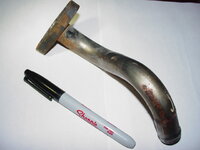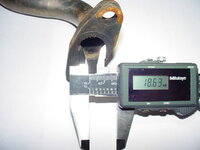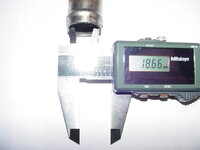gstryyder
15+ Year Contributor
- 448
- 13
- Oct 11, 2007
-
El Cajon,
California
The only consideration you have to keep when saying that the oil pan level may be above the turbo return line is.... What about when the car is running and oil is being pumped through the engine? Is the oil level still higher than the turbo drain? I would think the answer to be no. Even if it is when your car is just chillin does not mean it would be when there is oil pumping through the engine meaning less oil in the pan. Why would Mitsubishi design this car to have the turbo return line lower then the level of oil when the car is running?




















